Cheap 2-square-meter "sleeping boxes" are blooming in the city because they are affordable for students and low-income earners, but they are spontaneous models that lack fire prevention regulations.
For the past six months, Duc Phu, 20 years old, a second-year student, has been staying in a "sleeping box" in a five-story building on Nguyen Thien Thuat Street, Ward 14, Binh Thanh District. The room, about 40 square meters wide, is divided into 30 sleeping spaces, on two floors, accessible by stairs, with a 30-centimeter-wide walkway in the middle.
With a monthly rental fee of 2 million VND including electricity, water, parking, and wifi, Phu considers this an affordable expense despite the inconvenience of living with strangers. About 20 people have to wait their turn to use the shared toilet, washing machine, and laundry.
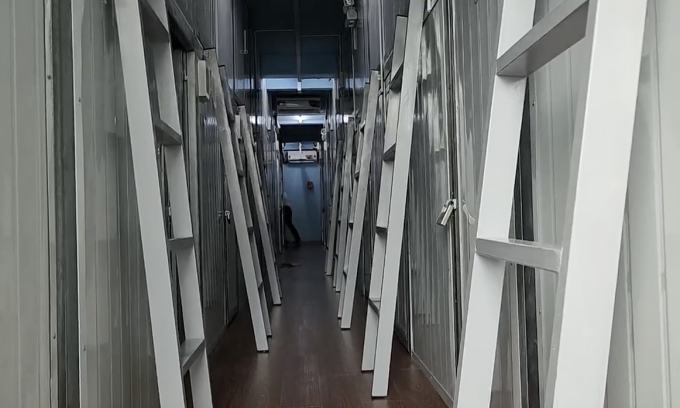
Row of "sleeping boxes" on Nguyen Thien Thuat Street, Binh Thanh District. Photo: Dinh Van
According to Phu, if you rent a 15 square meter room nearby, you have to pay more than 3 million VND per month, plus electricity, water, wifi, and garbage collection, which will double the amount here. Because he often goes to school and works until 8 p.m., the male student sees the room as just a place to sleep and study, and doesn't need much space.
"If I live in a sleeping box, my parents won't have to send me money every month. I'll live like this for a few years, then I'll graduate and find a job somewhere else," Phu said.
Sleep boxes were originally a service at the airport, for passengers to rest and work while waiting for their flights. However, since 2021, this model has flourished in Ho Chi Minh City. There are currently no statistics on the number, but on real estate classifieds sites, customers can easily find this type of room in the center and the suburbs, with a rental price of 1.8-2.2 million VND per month.
Some people have seized the demand and developed this type of business into a chain. Mr. Vu Quoc Tuan, who currently operates nearly 11 establishments with about 200 "sleeping boxes" in many districts in Ho Chi Minh City, said that since mid-2021, he has registered the model he designed with the Department of Intellectual Property (Ministry of Science and Technology).
According to Mr. Tuan's design, the 2.2 m2 rooms are made like dormitories, with walls made of wood-grained alu panels (aluminum alloy and plastic) to prevent fire, and the beds are placed on steel frames to ensure electrical and fire safety. Rooms of 15-30 m2 will be divided into 6-10 small living areas.
Each room has an electrical outlet, but only for phones and laptops. When overloaded, the system will automatically turn off. Common appliances such as refrigerators, washing machines, and clothes dryers are placed in separate areas. Currently, this chain of rooms has an occupancy rate of up to 90%.
"A chain of 20 rooms costs about 200 million VND to invest, including buying a washing machine, dryer, shared kitchen and rent. If the room occupancy rate is 80% or higher, it will be profitable in about 3 years," said Mr. Tuan.
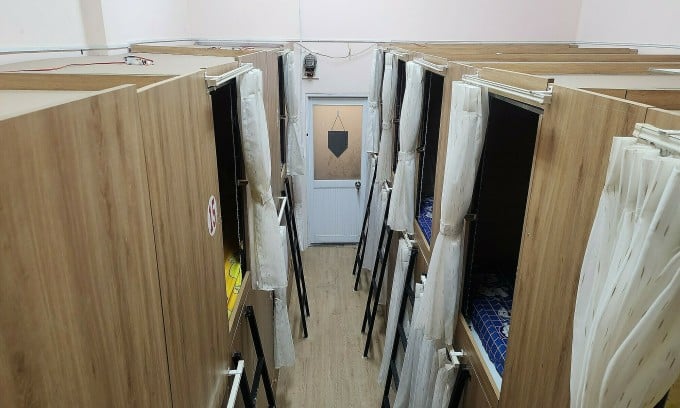
The 20 square meter room is divided into 16 2 square meter "sleeping boxes" by wooden walls, with a 30 cm wide walkway in the middle to go up and down. Photo: Dinh Van
According to Associate Professor Dr. Nguyen Duc Loc, Director of the Institute for Social Life Research (SocialLife Institute), the demand for cheap rental rooms increases when the economy is difficult. According to the institute's statistics, workers spend 15% of their total monthly income on rent. Therefore, "sleeping boxes" are a suitable choice for single people and students.
However, this model is considered unsafe, especially in terms of fire prevention and fighting when the interdisciplinary team inspected a series of "sleep box" chains in Ho Chi Minh City recently. Notably, at a 5-storey house in Binh Thanh district with 125 sleeping boxes, the owner did not build an emergency exit, fire protection system, and built without permission.
During the inspection, the interdisciplinary team assessed that this type of collective housing was a new model but poorly designed, with stairs often leading from the basement to the upper floors. When a fire broke out, smoke spread quickly to the upper floors. Meanwhile, the walkway was less than a meter wide, making it easy for victims to get stuck and have difficulty escaping.
According to the representative of the Fire Prevention and Fighting Approval Department (Fire Prevention and Fighting Department, Ministry of Public Security), the "sleeping box" was built spontaneously from individual houses, without fire prevention and fighting regulations, making it difficult to manage and inspect. The 20-30 m2 room can accommodate dozens of people, has no escape route and no fire fighting system, and is very dangerous in the event of a fire.
In addition, the small rooms are separated by wooden walls, the electrical outlets are installed on the walls, plus the mattresses, pillows, clothes, and books are flammable materials when an electrical short circuit occurs, the fire breaks out very quickly. Not to mention when the fire breaks out, the electricity is cut off, there is no light, the walkways are narrow, there are many obstacles such as stairs, the residents spend a lot of time finding a way out.
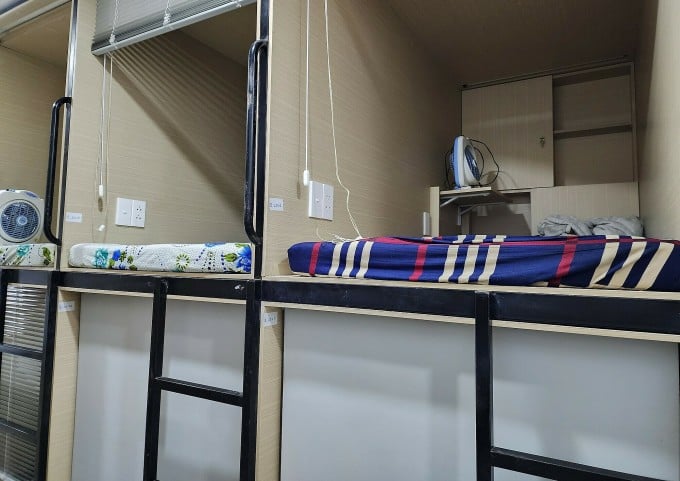
2 m2 "sleeping box" rents for 1.8 million VND per month. Photo: Dinh Van
Ms. Le Bich Trang, Director of Hoang Quan Phat Company, specializing in consulting and designing construction in the field of fire prevention and fighting, said that the "sleeping box" model is currently only suitable for stations and airports with large spaces. Therefore, to maintain this model, investors need to ensure fire prevention, fire alarm, construction area, and escape routes.
According to Ms. Trang, in cases where Vietnam does not have regulations, the management unit can apply foreign standards to review and approve fire prevention and fighting. She cited the regulations on installing shelves over 5.4 m high in stores and warehouses that allow updating some Russian and American standards for design and review.
"Sleeping boxes are booming in Ho Chi Minh City but are an old model in many countries. Authorities can flexibly apply standards from previous places to set common requirements," said Ms. Trang.
Mr. Vu Quoc Tuan, owner of a series of sleep box chains, proposed that there should be a common standard for "sleeping boxes" based on dormitories, because this model is also a bunk bed but has doors and partitions. When building, the homeowner needs to use fireproof materials, an electrical system that automatically shuts off when overloaded, and corridors and emergency exits that ensure safety...
Dinh Van
Source link








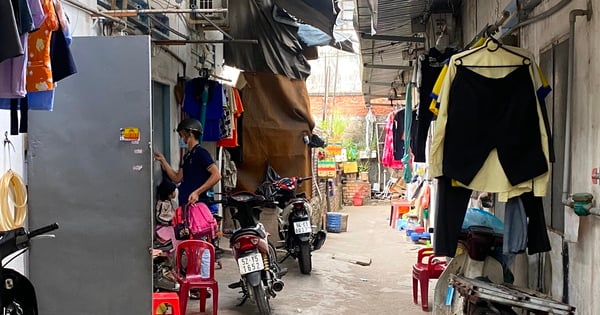



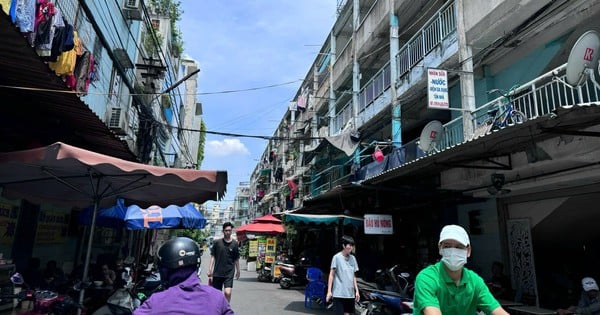
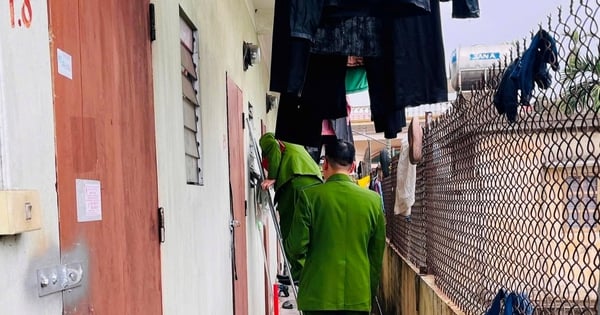
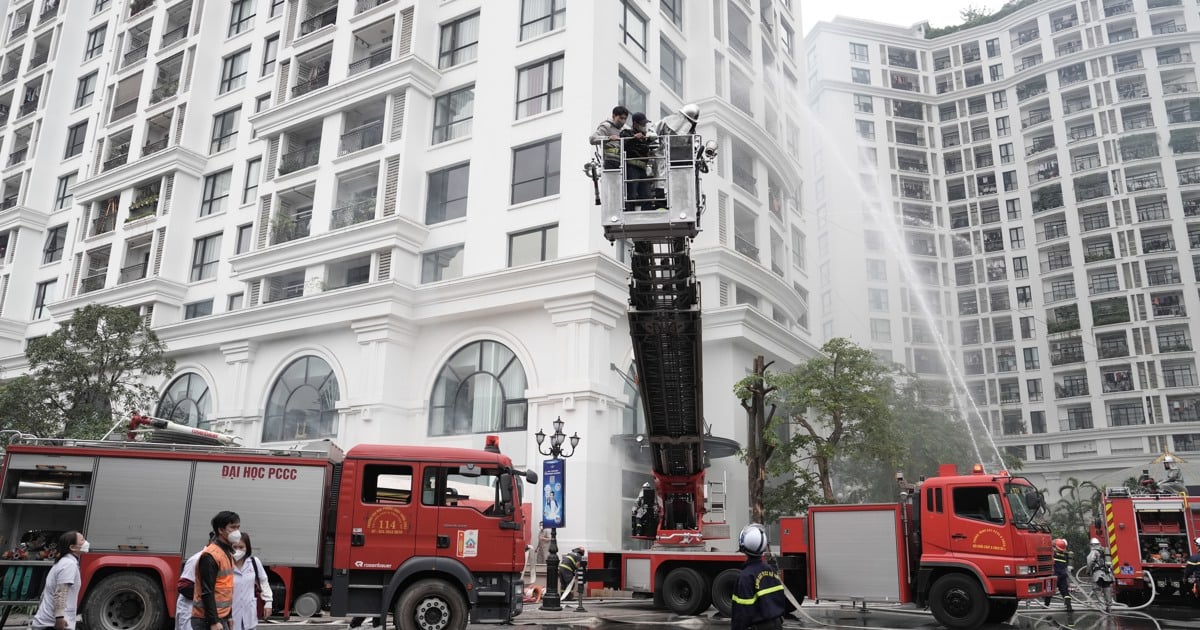



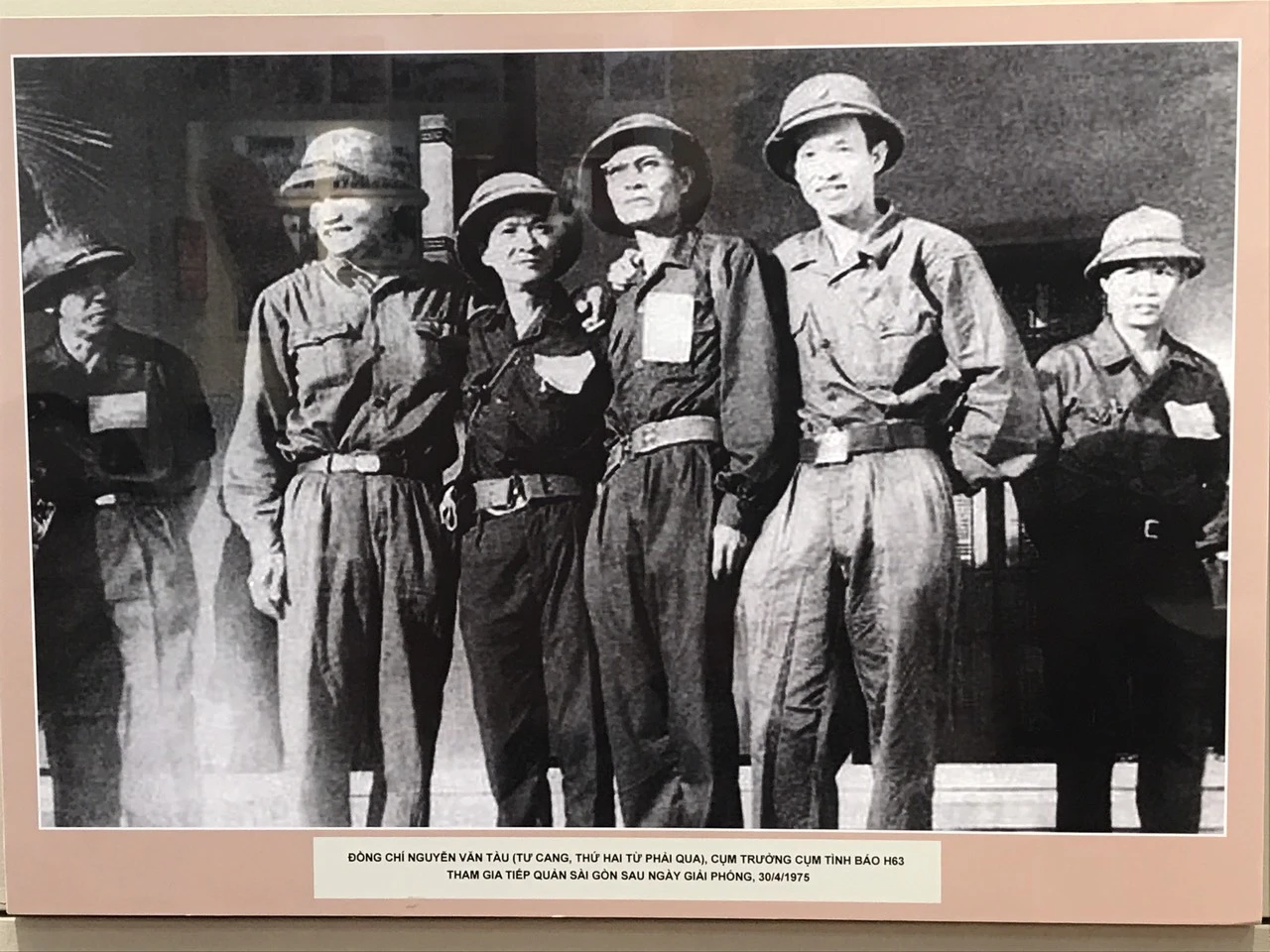











![[Photo] Visiting Cu Chi Tunnels - a heroic underground feat](https://vstatic.vietnam.vn/vietnam/resource/IMAGE/2025/4/8/06cb489403514b878768dd7262daba0b)

















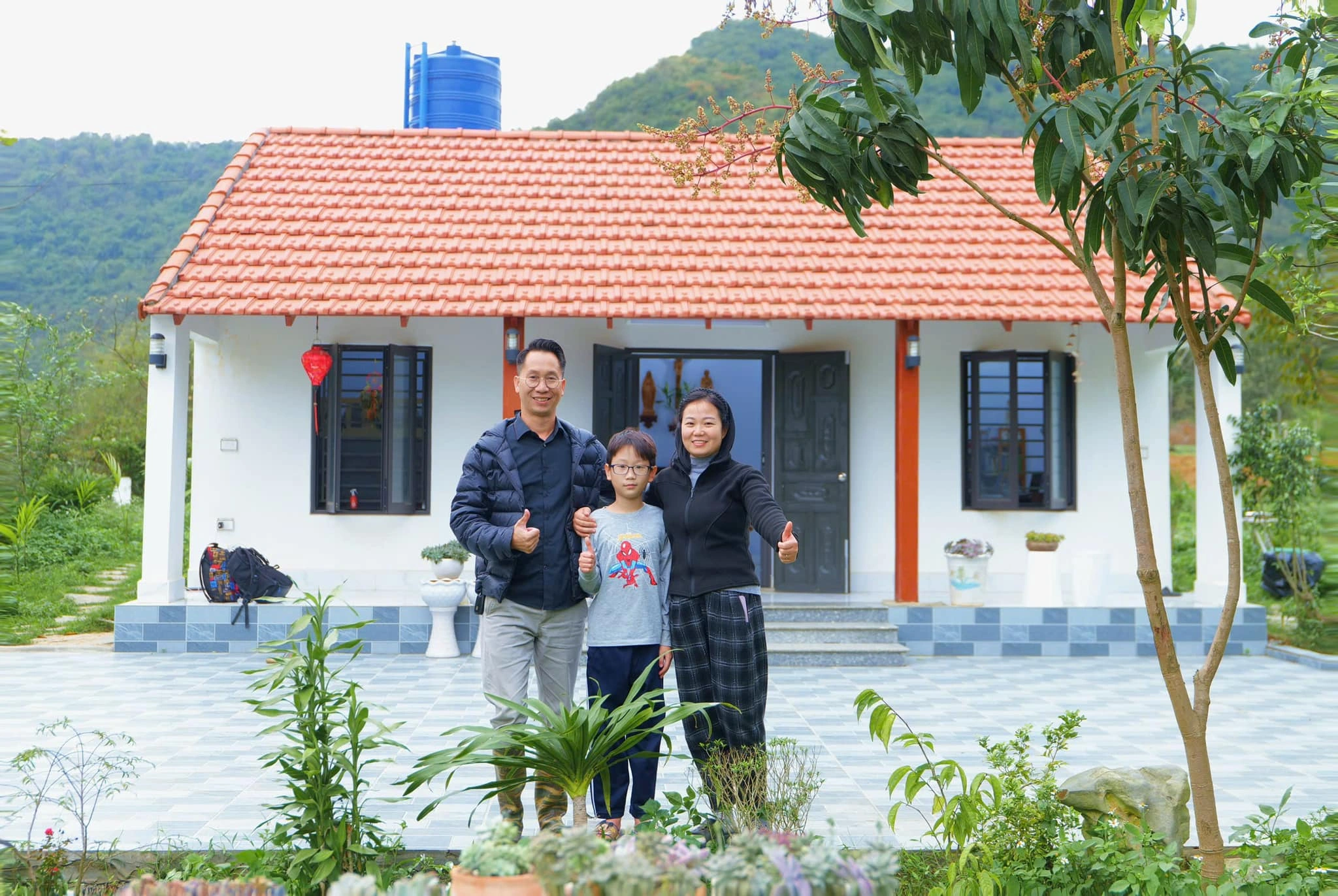







































Comment (0)